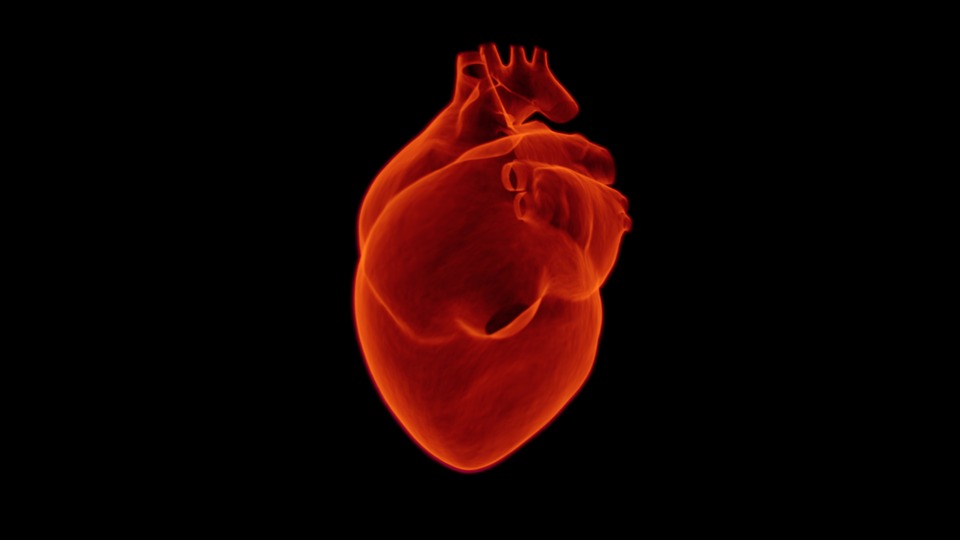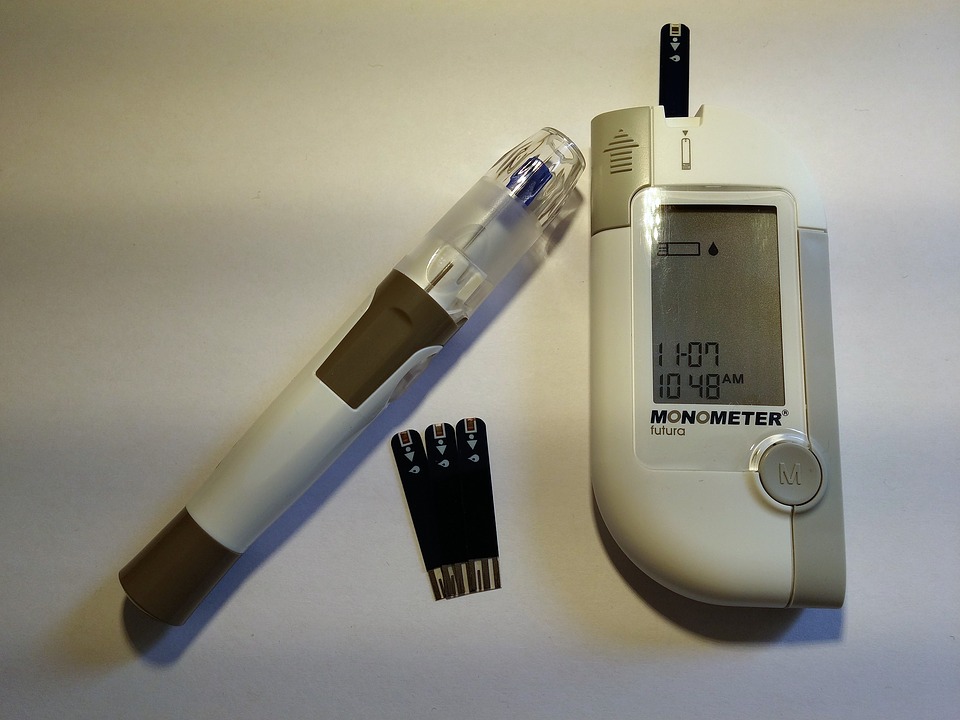
A sizeable new population study of men over 45 indicates insulin resistance may be an essential risk factor for the development of the world’s most common heart valve disease – aortic stenosis (AS).
Published today in the peer-reviewed journal Annals of Medicine, the findings are believed to be the first to highlight this previously unrecognised risk factor for the disease.
It is hoped that by demonstrating this link between AS and insulin resistance – when cells fail to respond effectively to insulin and the body makes more than necessary to maintain normal glucose levels – new avenues for preventing the disease could open.
Aortic stenosis is a debilitating heart condition. It causes the aortic valve to narrow, restricting blood flow out of the heart. Over time, the valve thickens and stiffens, making the heart work harder to pump blood effectively around the body. If not addressed, this can gradually cause damage that can lead to life-threatening complications, such as heart failure.
People living with AS can take years to develop symptoms, which include chest pain, tiredness, shortness of breath and heart palpitations. Some may never experience symptoms but may still be at risk of heart failure and death. Previously identified risk factors for AS include age, male sex, high blood pressure, smoking and diabetes.
Insulin resistance, which often develops years before the onset of type 2 diabetes, occurs when cells fail to respond effectively to insulin, the hormone responsible for regulating blood glucose levels. In response, the body makes more insulin to maintain normal glucose levels – leading to elevated blood insulin levels (hyperinsulinemia).
In the current study, researchers analysed data from 10,144 Finnish men aged 45 to 73, all initially free of AS, participating in the Metabolic Syndrome in Men (METSIM) Study. At the start of the study, the researchers measured several biomarkers, including those related to hyperinsulinemia and insulin resistance. After an average follow-up period of 10.8 years, 116 men (1.1%) were diagnosed with AS.
The team identified several biomarkers related to insulin resistance – fasting insulin, insulin at 30 minutes and 120 minutes, proinsulin, and serum C-peptide – associated with increased AS risk. These biomarkers remained significant predictors of AS, even after adjusting for other known risk factors, such as body mass index (BMI) and high blood pressure, or excluding participants with diabetes or an aortic valve malformation.
The researchers then used advanced statistical techniques to isolate key biomarker profiles, identifying two distinct patterns that indicate insulin resistance as a predictor of AS, independent of other cardiovascular risk factors, such as age, blood pressure, diabetes, and obesity.
“This novel finding highlights that insulin resistance may be a significant and modifiable risk factor for AS,” says lead author Dr Johanna Kuusisto, from the Kuopio University Hospital in Finland.
“As insulin resistance is common in Western populations, managing metabolic health could be a new approach to reduce the risk of AS and improve cardiovascular health in ageing populations. Future studies are warranted to determine whether improving insulin sensitivity through weight control and exercise measures can help prevent the condition.”
This study’s major strengths include its large population-based cohort and long follow-up period. However, its limitations include the sole focus on male subjects and the relatively small number of AS cases, which may limit the generalisability of the findings to other populations.



